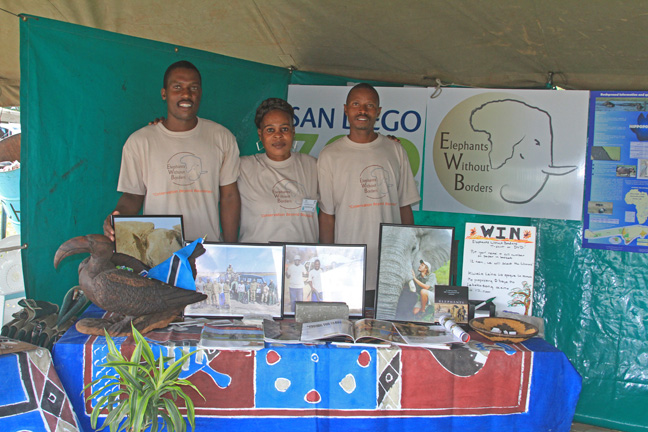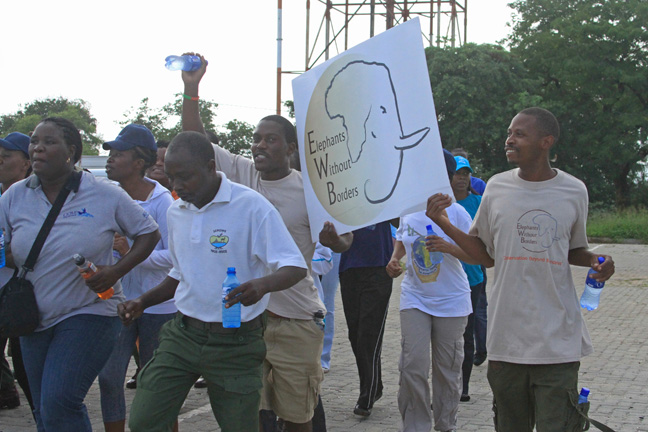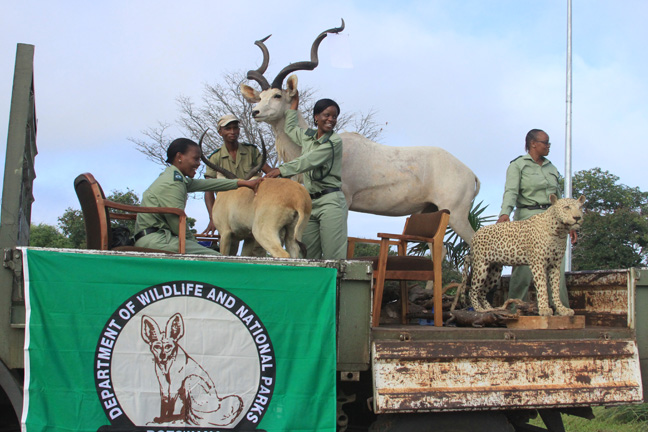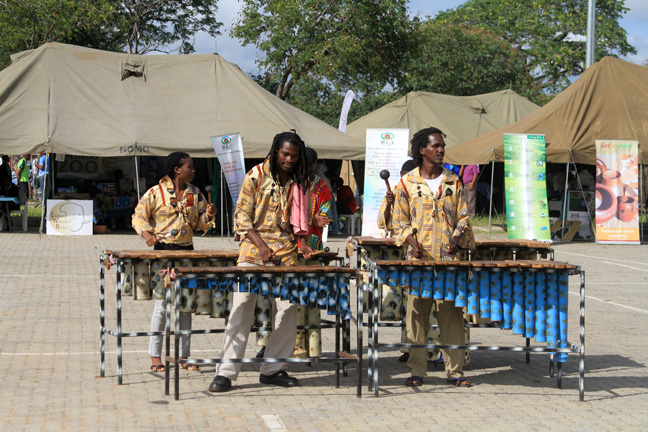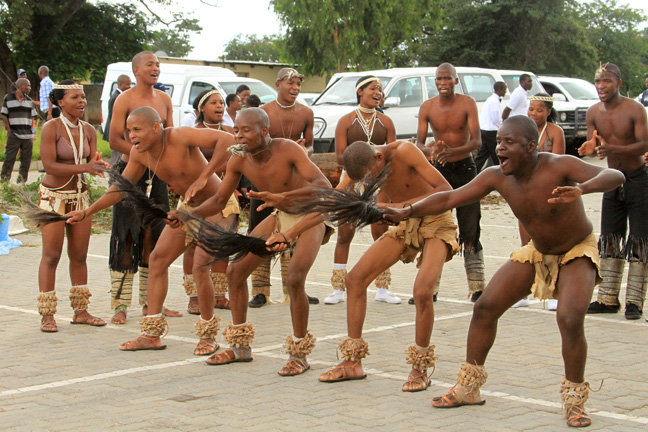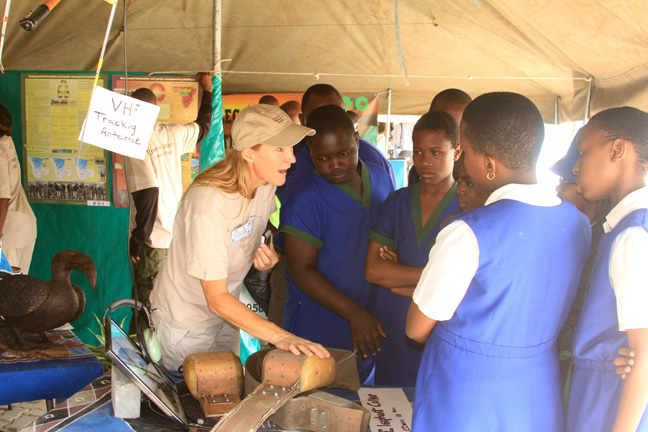World Wetland’s Day in Kasane
World Wetlands Day is celebrated internationally each year on the 2nd of February. It marks the anniversary of the signing of the Convention on Wetlands of International Importance at the Ramsar Convention on February 2, 1971. The day was first celebrated in 1997 and since then government agencies, non-government organisations and community groups have celebrated World Wetlands Day by undertaking actions to raise public awareness to promote conservation and the wise use of wetlands. The international theme for World Wetlands Day 2011 was “wetlands and forests – forests for water and wetlands” in celebration that 2011 is the United Nations International year of Forests.
Botswana’s World Wetlands Day celebration and commemorations were held at the Plateau local centre in Kasane, hosted by the Ministry of Environment, Wildlife, and Tourism through Chobe District Council. The key-note speaker was his excellence the Honorable Minister of Wildlife, Environment and Tourism, Onkokame Kitso Mokaila. The Directors of Ceremonies were Mr. Keitumetse Koobonye and Mr. Ramougapi Gaborekwe. Introductions, remarks and prayers were given by: Atg District Commissioner Ms. Maitumelo Maemo, Kgosi Morake, Pastor Chabale, Pastor Chitewere and a vote of Thanks given by Honorable G. Nshimwe. The Deputy Secretary General Of Ramsar Convention of Wetlands, Prof. Nick Davidson spoke on International Perspective on Wetlands of International importance and the Director of the Department of Environmental Affairs, Mr. S.C. Monna addressed Local Perspectives on Wetlands Management.
Opening entertainment was provided by the Marimba players, Tijun’s Enterprise. Between presentations the crowd was pleased to watch Botswana dance groups, Matsosangwao and Seperu and a drama presentation by Chobe Arts Association.
Many schools either participated in the Fair or visited the event. One of the activities for raising awareness on the day was an essay contest. All primary, junior, senior secondary schools, tertiary institutions and the general public were invited to write essays on wetlands themes. Three best entries in each of the five categories were awarded with prizes and certificates.

Thamani Community Jr. Secondary School Environmental club created a beautiful model of the Okavango Delta
Under the Ramsar Convention, a wide variety of natural and human-made habitat types ranging from rivers to coral reefs can be classified as wetlands. They include swamps, marshes, billabongs, lakes, salt marshes, mudflats, mangroves, coral reefs, fens, peat bogs, or bodies of water – whether natural or artificial, permanent or temporary. Water within these areas can be static or flowing; fresh, brackish or saline; and can include inland rivers and coastal or marine water to a depth of six metres at low tide. There are even underground wetlands. Forests play a crucial role in the hydrological cycle and as a consequence, in the health of wetlands. Forested wetlands, include habitats such as mangroves, nipah swamps, freshwater swamp forests, forested peatlands and seasonally flooded forests. These wetlands are important as they deliver significant ecosystem services, are cradles of biological diversity, and support populations of birds, mammals, reptiles, amphibians, fish and invertebrates.
Elephants Without Borders ongoing and proposed projects aim to help protect the ecosystems in our study area, encompassing the contiguous elephant range within Botswana and the KAZA TFCA regions of neighboring countries. This entails the establishment restoration, protection and maintenance of protected areas, with the development and implementation of scientifically sound systems of natural resources and ecosystem management.
To learn more about EWB’s projects: http://www.elephantswithoutborders.org/index.php
To support EWB (Thank you!) : http://www.elephantswithoutborders.org/donate.php
Tags: africa, botswana, BTO, chobe, conservation, DWNP, education, elephants, elephants without borders, Kasane, Kitso Mokaila, Okavango delta, research, tourism, wetland

